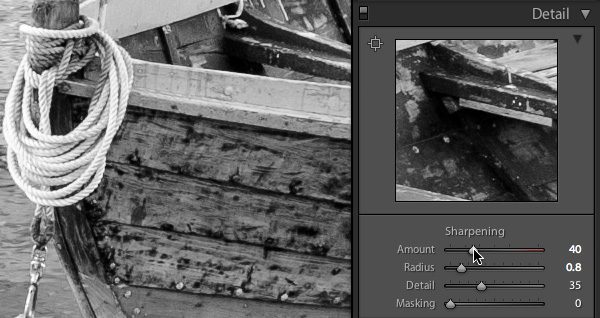Printing is an essential part of photography. While digital galleries and online sharing have grown in popularity, nothing replaces the tangible quality of a printed photograph. For professional photographers, a well-made print is not only a piece of art but a way to connect their vision with their audience in a physical format. This guide will explore how photographers choose the perfect photo printer and the qualities they look for to ensure top-quality prints.
The Importance of Quality in Photo Printing
In professional photography, maintaining high quality is essential. A high-resolution screen may display a vibrant, clear image, but the printing process translates that digital file into a physical product, requiring careful attention to detail. A quality photo printer can enhance colors, maintain sharpness, and preserve the depth of the original photo, giving it life beyond the digital screen.
Types of Photo Printers: Inkjet vs. Dye-Sublimation
Most professional photographers use either inkjet or dye-sublimation printers for their work. Each type has its strengths, and understanding them is essential for choosing the right equipment.
- Inkjet Printers: Inkjet printers are popular among photographers due to their versatility and color accuracy. They work by spraying tiny droplets of ink onto the paper, creating a wide range of colors. For professionals who prioritize color gradation, smooth transitions, and high-quality images, an inkjet photo printer is often the preferred choice.
- Dye-Sublimation Printers: Dye-sublimation printers are ideal for instant photo prints. These printers use heat to transfer dye onto the paper, providing fast, durable prints. While they may not offer the same depth of color as inkjets, dye-sublimation printers are known for producing smooth, vibrant images, making them popular for events and on-the-go printing needs.
Essential Features for a Professional Photo Printer
A good photo printer should meet the specific needs of professional photographers. Here are some key features they consider before purchasing:
Print Quality and Resolution
Resolution is one of the first specifications photographers look at when choosing a printer. For professional-level work, a minimum of 1200 x 2400 DPI (dots per inch) is ideal. High-resolution photo printers can reproduce fine details, sharp lines, and rich colors. This resolution ensures that even when enlarged, prints remain clear, allowing photographers to showcase the smallest details in their images.
Color Accuracy and Gamut
Color reproduction is crucial in photography, as it can make or break a print. A quality photo printer should have a broad color gamut and excellent color accuracy. Many professional photo printers offer specialized ink sets, such as 6-color or even 12-color ink systems, which provide a wider color range than standard CMYK (Cyan, Magenta, Yellow, Black) models.
When it comes to delivering museum-quality prints, color accuracy and gamut play a huge role. Professionals often look for printers compatible with high-end pigment inks, as these maintain color vibrancy and resist fading over time.
Ink Type and Longevity
Professional photographers invest in printers that use archival-quality inks. Pigment-based inks are typically the choice over dye-based inks, as they offer greater durability and are less likely to fade. A photo printed with archival pigment ink can last over 100 years under the right conditions, providing a lasting product for clients and collectors.
Paper Compatibility
A versatile photo printer should accommodate various paper types, from glossy to matte to canvas. This flexibility allows photographers to experiment with different textures and finishes, adding depth and character to their prints. Some printers are compatible with fine art papers, which are ideal for creating prints that have a museum-quality look and feel.
Selecting the Ideal Printer to Meet Your Photography Requirements
Selecting the right photo printer ultimately depends on the photographer’s style, workflow, and printing goals. While inkjet printers are the most versatile for fine art and detailed photography, dye-sublimation printers are great for on-the-go needs and event photographers.
Whether you’re a portrait photographer needing rich skin tones or a landscape photographer requiring deep colors and sharp details, there’s a photo printer designed to meet your needs. Professional photographers recommend experimenting with various printers, paper types, and ink options to find the best combination for your specific work.
Conclusion
Investing in a high-quality photo printer is essential for photographers who want to present their work professionally and maintain control over the printing process. The right printer can bring digital images to life, ensuring that the details, colors, and textures remain true to the artist’s vision. By understanding the different types of printers, features, and trusted brands, photographers can make informed choices that enhance their artwork and keep their clients satisfied.


